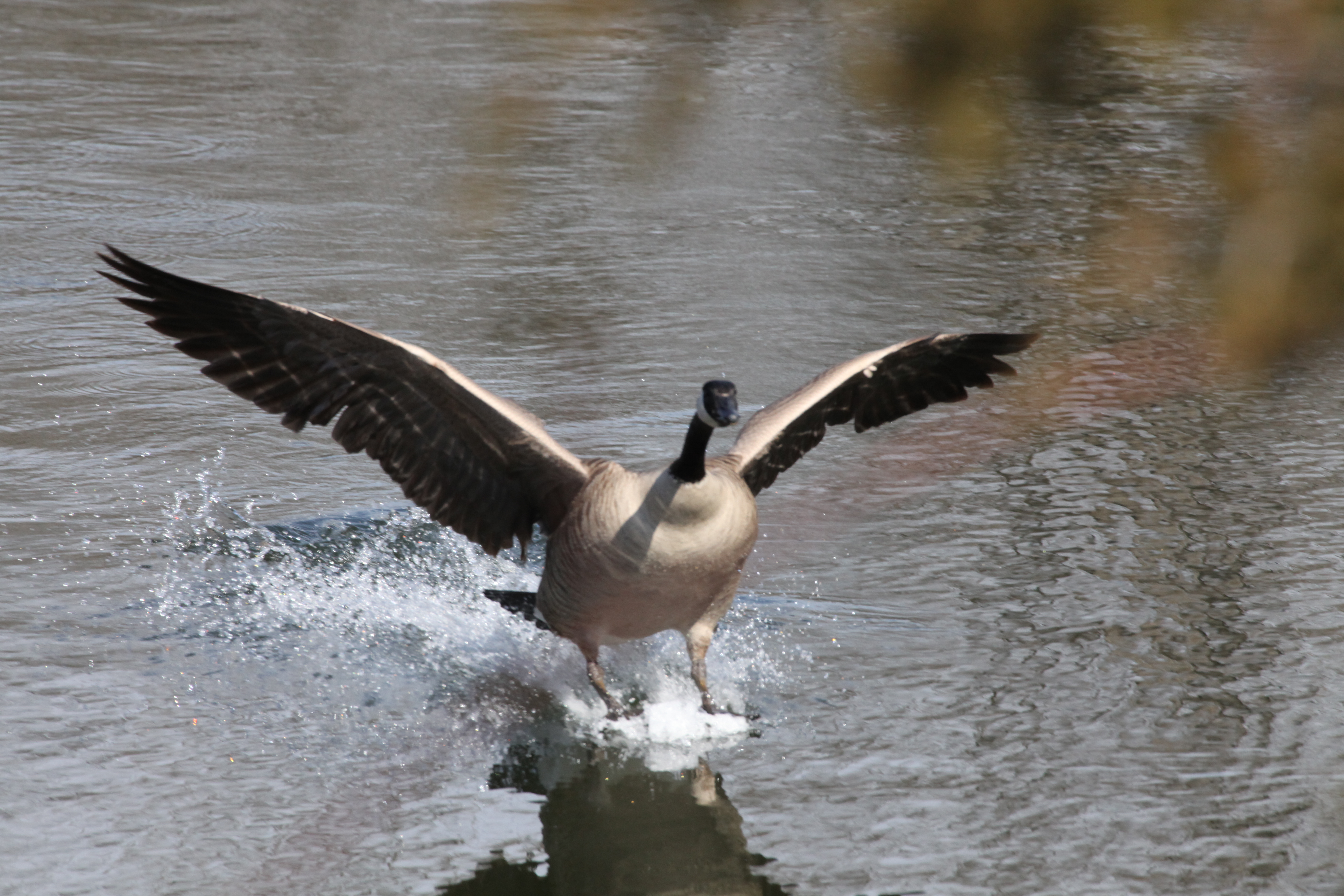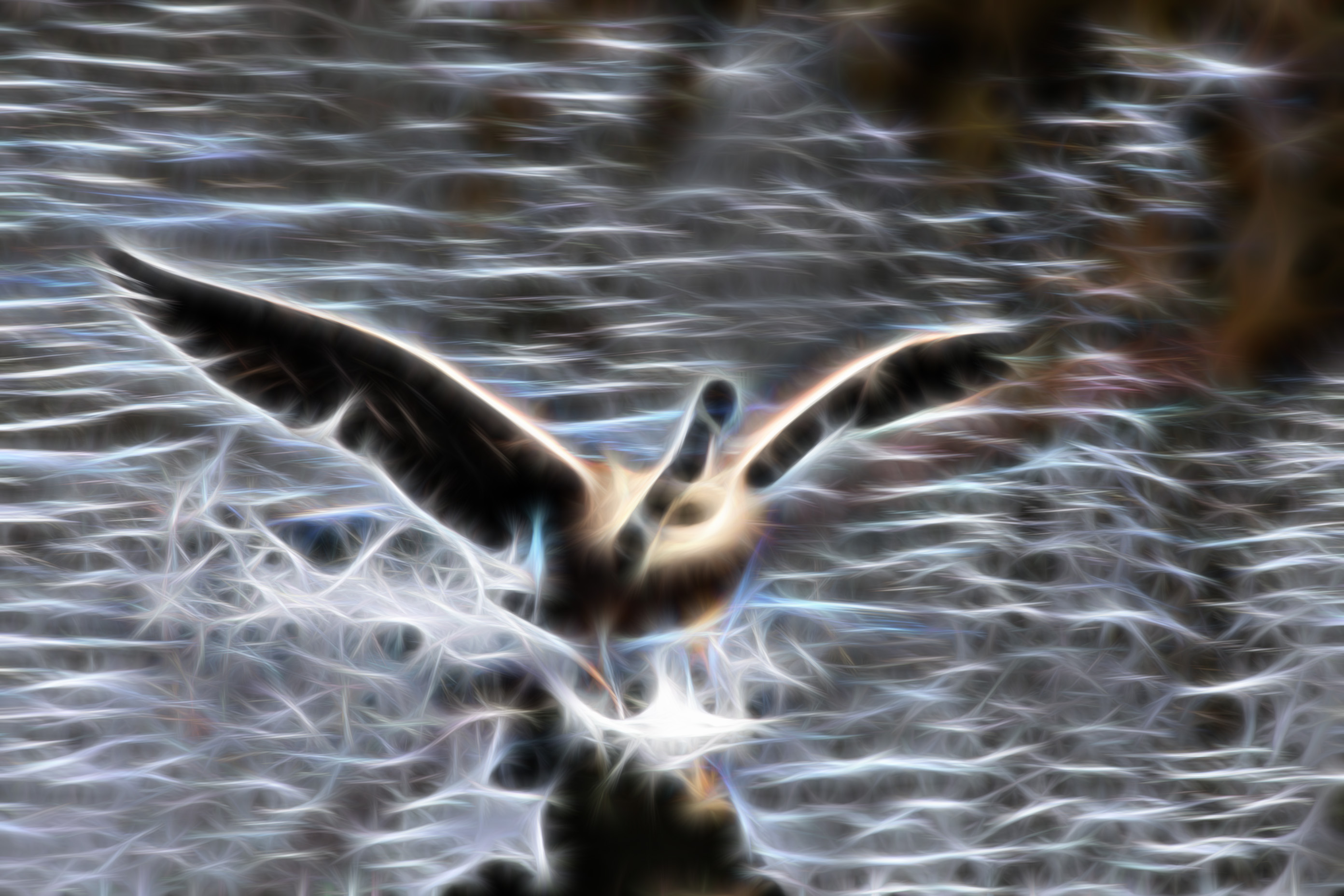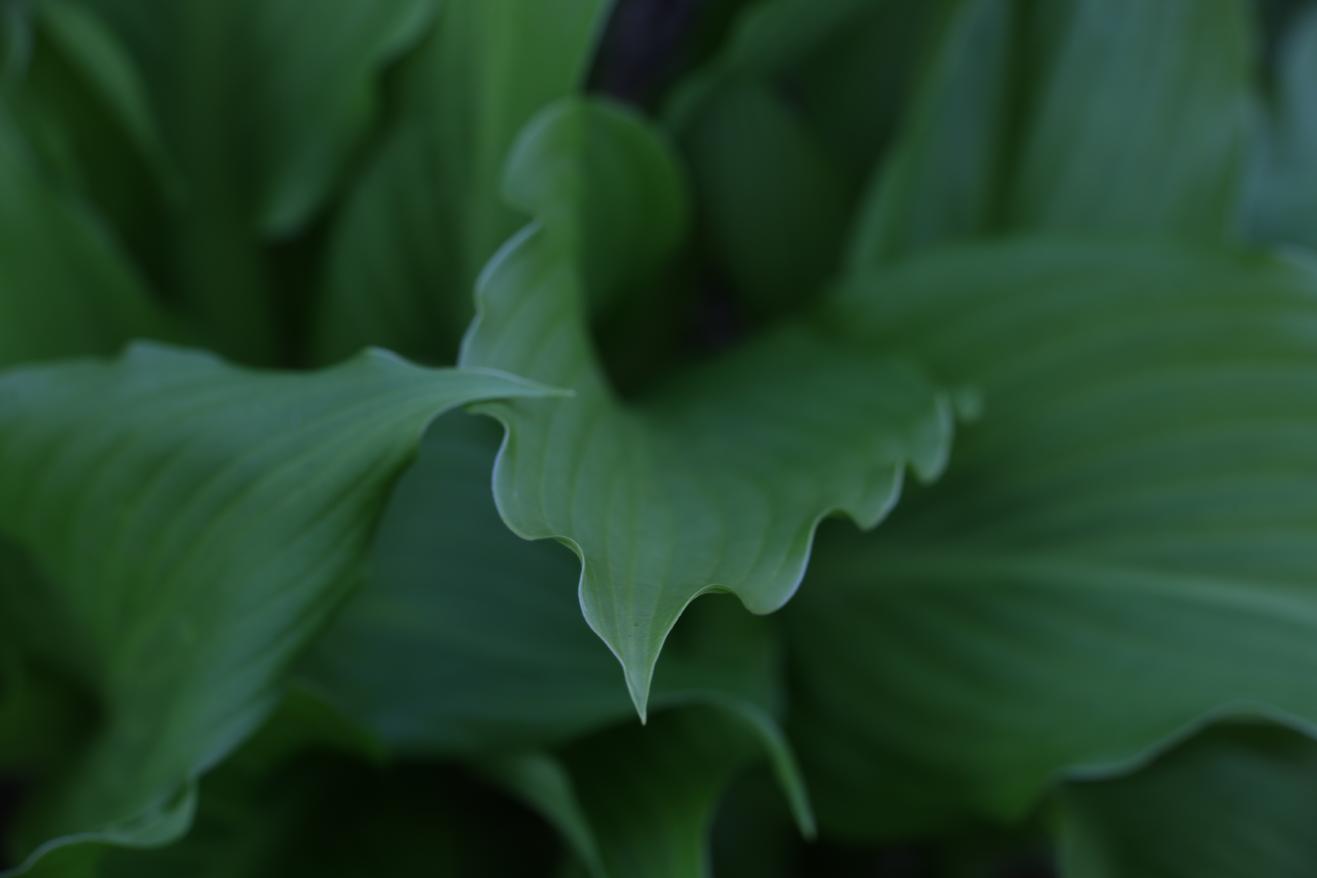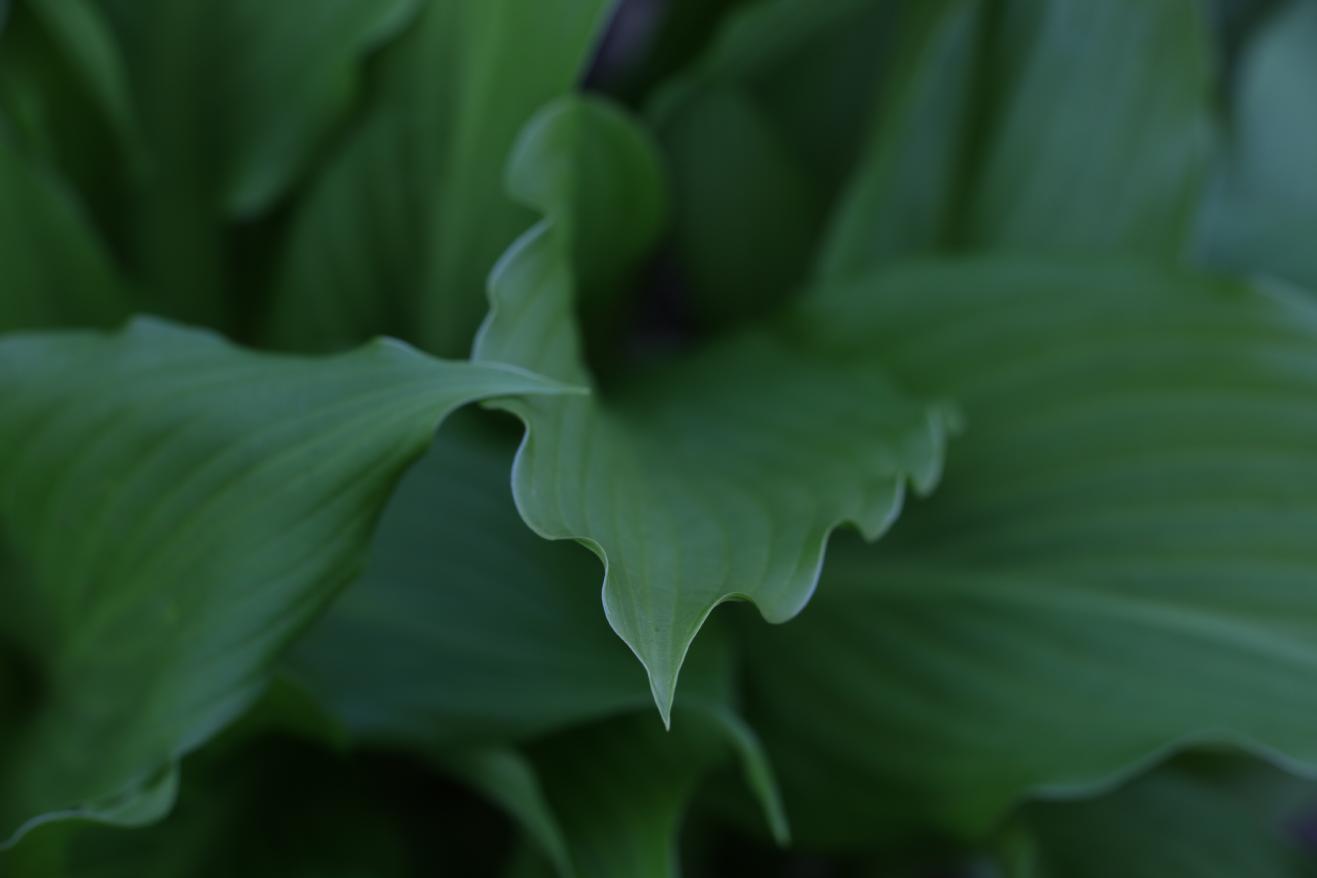When Ansel Adams exposed a photographic plate or piece of
film, he thought about the light, perspective, exposure and
so on. He would often manipulate the development process to
maximize the dynamic range of his negatives. Printing the
negative was an exercise in photo-manipulation mostly
through dodging and burning.
Some Post-processing Image Software
Edit photos and videos on iPhone
https://support.apple.com/guide/iphone/edit-photos-and-videos-iphb08064d57/ios
Editing basics in Photos on Mac
https://support.apple.com/guide/photos/editing-basics-pht304c2ace6/mac
Affinity is a Powerful Free Photoshop Alternative for Mac (and Windows)
https://osxdaily.com/2025/11/19/affinity-powerful-free-photoshop-alternative-mac-windows/
https://www.affinity.studio/get-affinity
Affinity is a powerful creative application that offers photo
and image editing capabilities, vector design, and page
layout features, all in a single app, and feature-wise it's
easily able to compete with the likes of Adobe Photoshop or
Illustrator. But unlike Photoshop or Illustrator, Affinity is
now completely free - though advanced features like AI
Lightroom
http://www.adobe.com/creativecloud/photography.html
Lightroom tutorials
https://photographylife.com/post-processing-tips-for-beginners
GIMP (Open Source similar to PhotoShop)
http://gimp.org
GIMP Tutorials
http://www.gimp.org/tutorials/


Photojournalism
Photojournalism: A Complete Guide
https://petapixel.com/what-is-photojournalism/
Photojournalism tells a story not in thousands of words but
in a single photo (or a short series of photos). Just as a
written news story presents a complete picture by providing
an overview, a thesis, subjects, and various points of view,
photojournalism achieves this same objective
pictographically.
Many types of photojournalism exist, and there are just as
many ways to practice it. From news to features, photo
stories to portraits, from documenting wars to local news
and sports, photojournalism represents a category as broad
as journalism itself. What remains constant throughout is a
dedication to unbiased, honest reporting. Photojournalism
aims to present the facts, to provide a picture of reality,
to inform.
Veteran Associated Press photographer, Anja Niedringhaus
https://www.npr.org/sections/thetwo-way/2014/04/04/299018995/ap-photographer-killed-reporter-wounded-by-gunman-in-afghanistan
Photo Assignment - Telling a Story
Photojournalism aims to present the facts, to provide a
picture of reality, to inform.
Capture an image or a sequence of images that tells a story.
Perhaps something in your neighborhood or community. You
want the image(s) to hold the viewer's attention and have an
impact.
Book Recommendation (advanced)
Bela Julesz
Foundations of Cyclopean Perception
The MIT Press; 1 edition (March 31, 2006)
ISBN-10: 0262101130
ISBN-13: 978-0262101134
This classic work on cyclopean perception has influenced a
generation of vision researchers, cognitive scientists, and
neuroscientists and has inspired artists, designers, and
computer graphics pioneers.

 Right Image Left Image
Right Image Left Image

 Right Image Left Image
A stereo pair consists of two pictures, one from the
perspective of the left eye and one for the right. Even
though the two pictures may look very similar, they are not
identical. During viewing, the left eye sees the left image
and the right eye the right; then the brain fuses the two so
you perceive depth.
Right Image Left Image
A stereo pair consists of two pictures, one from the
perspective of the left eye and one for the right. Even
though the two pictures may look very similar, they are not
identical. During viewing, the left eye sees the left image
and the right eye the right; then the brain fuses the two so
you perceive depth.

 Left Image Right Image
Left Image Right Image

 Left Image Right Image
Left Image Right Image
More Time Lapse Photography
Award-winning photographer Ben Canales (11+ min)
https://www.pbs.org/video/oregon-field-guide-time-lapse-photography/
sam.wormley@icloud.com



Right Image Left Image

Right Image Left Image A stereo pair consists of two pictures, one from the perspective of the left eye and one for the right. Even though the two pictures may look very similar, they are not identical. During viewing, the left eye sees the left image and the right eye the right; then the brain fuses the two so you perceive depth.

Left Image Right Image

Left Image Right Image